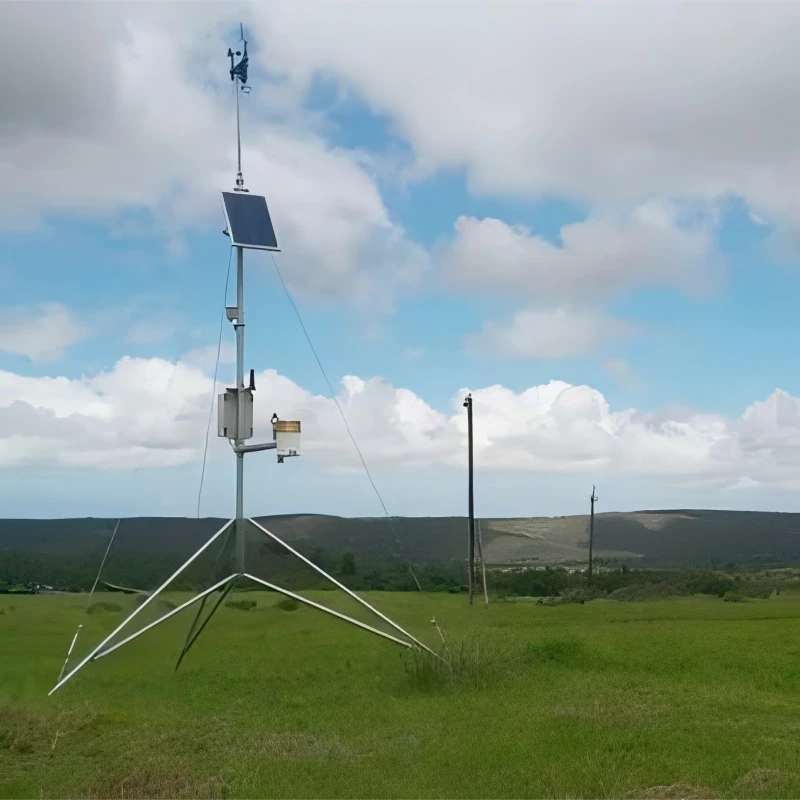
# Weather Measuring Instruments: Essential Tools for Accurate Forecasting
Weather forecasting has come a long way from relying on simple observations of the sky and wind patterns. Today, meteorologists use a variety of advanced weather measuring instruments to collect precise data, enabling them to predict weather conditions with remarkable accuracy. These tools are essential for understanding atmospheric changes and providing timely warnings for severe weather events.
## Thermometers: Measuring Temperature
One of the most fundamental weather measuring instruments is the thermometer. Thermometers are used to measure air temperature, which is a critical factor in weather forecasting. Modern thermometers, such as digital and infrared models, provide highly accurate readings and are often integrated into automated weather stations.
## Barometers: Tracking Atmospheric Pressure
Barometers are instruments designed to measure atmospheric pressure. Changes in atmospheric pressure are closely linked to weather patterns, making barometers indispensable for predicting storms and other weather phenomena. Aneroid barometers and digital barometers are commonly used in both professional and amateur weather monitoring setups.
## Anemometers: Gauging Wind Speed and Direction
Wind plays a significant role in weather systems, and anemometers are the go-to instruments for measuring wind speed and direction. Cup anemometers, vane anemometers, and ultrasonic anemometers are widely used in weather stations and research facilities. Accurate wind data helps forecasters predict the movement of weather systems and assess potential risks.
## Hygrometers: Measuring Humidity
Humidity levels influence weather conditions, including the formation of clouds and precipitation. Hygrometers measure the amount of moisture in the air, providing valuable data for weather forecasting. Psychrometers and capacitive hygrometers are among the most common types used in meteorology.
## Rain Gauges: Measuring Precipitation
Rain gauges are essential for measuring the amount of precipitation over a specific period. These instruments come in various designs, including tipping bucket rain gauges and weighing rain gauges. Accurate precipitation data is crucial for flood forecasting, water resource management, and agricultural planning.
## Weather Balloons and Radiosondes
For upper-atmosphere observations, weather balloons equipped with radiosondes are launched into the sky. These instruments measure temperature, humidity, pressure, and wind at different altitudes. The data collected helps meteorologists create detailed weather models and improve forecast accuracy.
## Satellites: A Global Perspective
Weather satellites provide a comprehensive view of Earth’s atmosphere, capturing images and data on cloud cover, storm systems, and temperature gradients. Geostationary and polar-orbiting satellites are key tools for monitoring large-scale weather patterns and tracking severe weather events like hurricanes and typhoons.
## The Role of Technology in Modern Weather Forecasting
Advancements in technology have revolutionized weather measuring instruments, making them more accurate, reliable, and accessible. Automated weather stations, remote sensing devices, and computer models now work together to provide real-time data and forecasts. These tools are vital for protecting lives, property, and infrastructure from the impacts of extreme weather.
In conclusion, weather measuring instruments are the backbone of accurate weather forecasting. From thermometers and barometers to satellites and weather balloons, each tool plays a crucial role in understanding and predicting atmospheric conditions. As technology continues to evolve, these instruments will become even more sophisticated, further enhancing our ability to anticipate and respond to weather changes.
Keyword: weather measuring instruments
